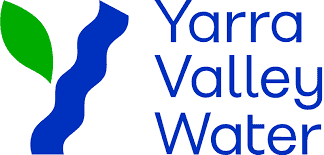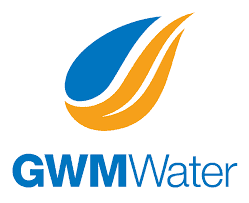2023 WINNERS
We’re thrilled to announce the funding recipients for the 2023 Water Minister’s Climate Innovation Challenge.
Meta-analysis of Low Carbon Cement Alternatives for Water Industry Applications
Global cement production accounts for around 8% of global emissions. Low carbon alternatives to concrete such as geopolymer concrete, could reduce the carbon impact of capital works and reduce scope 3 emissions for water authorities by up to 50%.
Recent carbon foot-printing of a YVW construction project calculated that the carbon footprint of the cement used in the application could be almost halved by using lower carbon alternatives (from 45 tonnes of CO2-e to 27 tonnes of CO2-e). The alternative materials also appear to have resilience benefits against fire and harsh chemical environments.
Despite their availability in the Australian market, low carbon concrete alternatives remain underutilized in the water industry.
This work will form the foundation of the water industry’s knowledge on low carbon concrete alternatives, promoting further testing, approval, and inclusion in the Melbourne water retailer agencies’ online portal of adopted products and materials.
Cellulose Recovery from Wastewater
Australians use an average of 88 rolls of toilet paper each per year. Barwon Water in partnership with Deakin University and Cirtec, are evaluating a process that will extract up to 98% of the high-quality cellulose fibres from flushed toilet paper.
The recovered cellulose has application in civil engineering, construction, agriculture, chemicals, energy, and paper and cardboard production and will reduce the need for virgin cellulose in these industries.
Recovery of the cellulose will lower energy consumption in wastewater treatment by 20% and increase treatment plant capacity by 10%, while reducing chemical usage, with further environmental benefits through reduction in virgin cellulose requirements.
The target technology is currently in scale up in Europe with successful adoption in 4 small (500kL/d) recycled water plants.
Donald Community Power Plant
Many regional Victorian towns suffer from ‘energy inequality’, particularly when located on the periphery of electricity distribution networks. Donald, in western Victoria, has high penetration of behind-the-meter solar generation. It is enough to meet approximately 70% of the town’s peak electricity demand, but is constrained by the limitations of the distribution network.
GWMWater owns a significant area of land in Donald that is suitable for establishing a ‘Community Power Plant’ (CPP) consisting of solar generation, battery storage and a control system to service both GWMWater and the local community.
The CPP (including battery) would allow a community to better leverage existing local renewable generation and self-service more of their daily electricity demand. This would result in less demand for grid-supplied electricity from non-renewable sources reducing the town’s overall carbon emissions.
It will also serve as a model for other regional towns to adopt.
Scope 1 Emissions Direct and Real-time Monitoring on Aerobic Digester
Globally, water utilities are responsible for 5% of all greenhouse gas emissions, and 70% of these emissions come from wastewater treatment plants. Emissions of methane (CH4) and nitrous oxide (N2O) from aerobic digesters remain poorly understood, despite their climate impact being up to 298 times that of CO2.
While some water utilities have commenced using direct measurement techniques, aerobic digesters are yet to be specifically considered.
This project will develop accurate emissions profiles for aerobic digesters, a set of modelling methodologies which can serve as a reliable basis for real-time emissions monitoring and establish industry benchmarks that will set the standard for Victoria’s water sector.
The solution will enable water authorities to pinpoint when and where peak emissions of N2O and CH4 occur, enabling them to take immediate, targeted steps for substantive emissions reduction.
Final Pitches for the 2023 Challenge
(in alphabetical order)
Barwon Water:
Cellulose Recovery from Wastewater
Central Highlands Water:
Gas Substitution Feasibility Study for Ballarat
Greater Western Water:
Above & Beyond: Elevating Environmental Stewardship through Drone Technology
GWM Water:
Donald Community Energy Project
South East Water:
Scope 1 Emissions Direct and Real-time Monitoring on Aerobic Digester
Yarra Valley Water, Barwon Water, North East Water:
Meta-analysis of Low Carbon Cement Alternatives for Water Industry Applications







